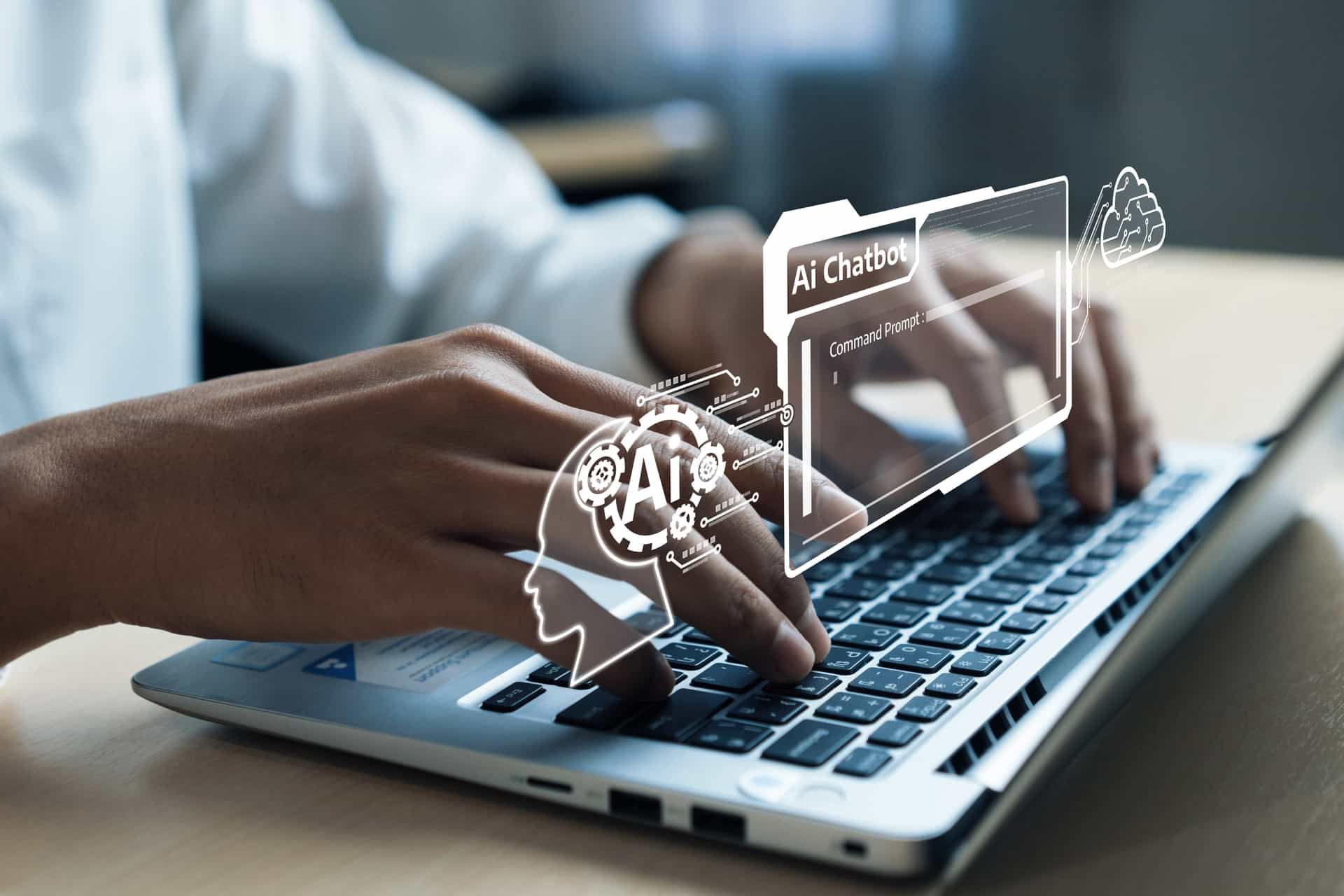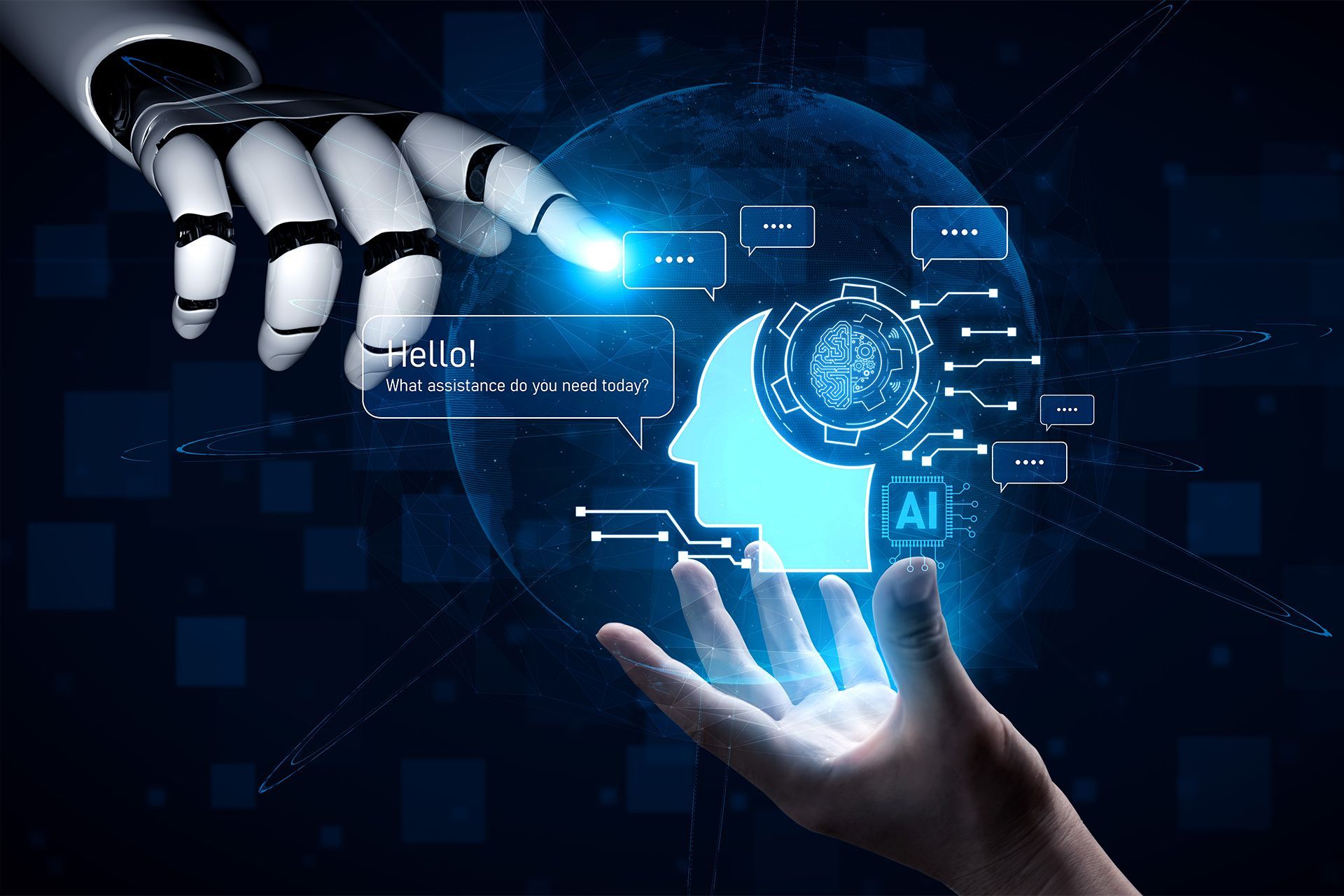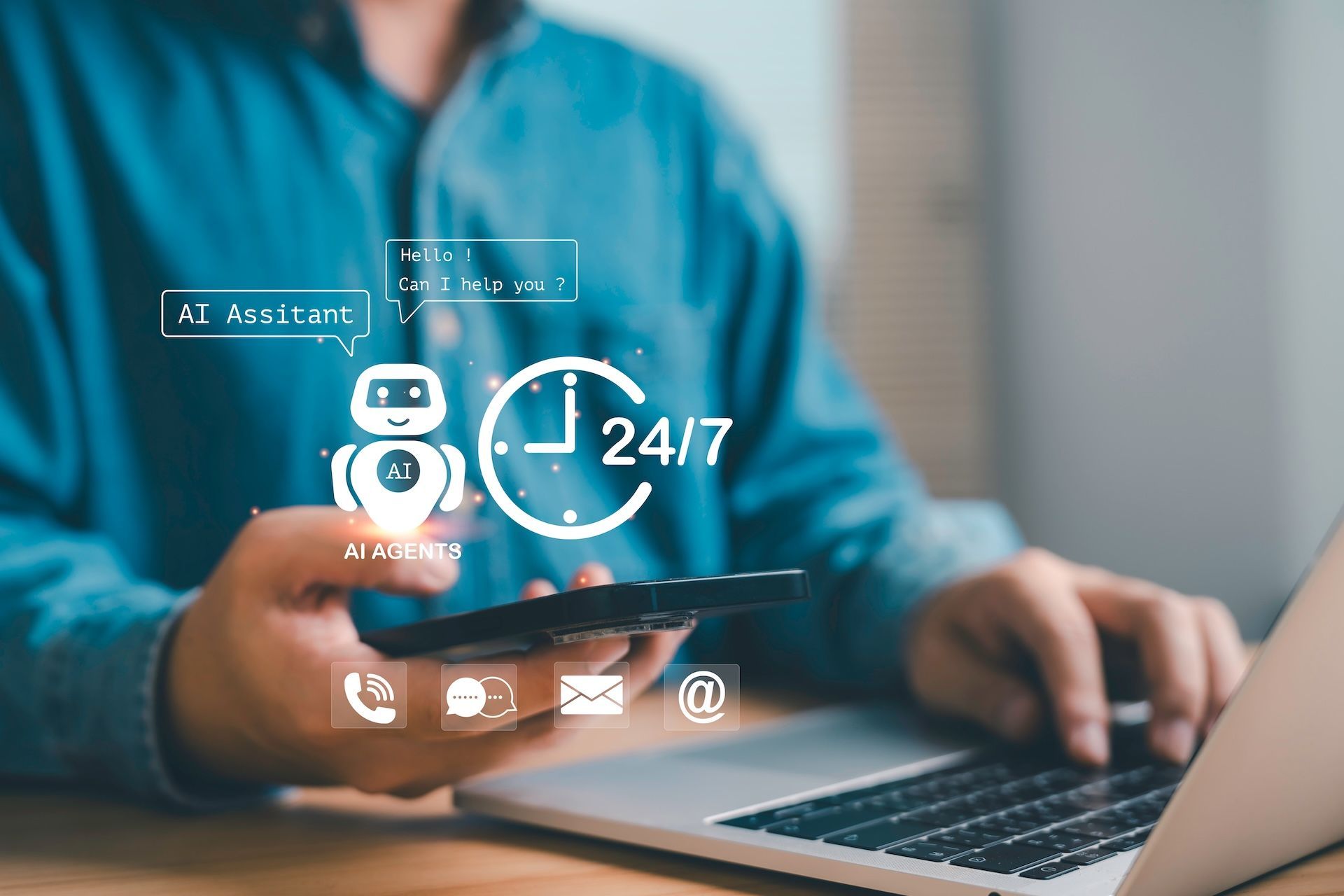What Are Enterprise Chatbots? Benefits and Use Cases

In today’s fast-paced digital world, businesses are constantly looking for ways to improve customer experience, streamline operations, and increase efficiency. One powerful tool that has emerged in recent years is the enterprise chatbot. These AI-powered assistants are revolutionizing the way businesses interact with customers and manage internal tasks.
In this guide, we’ll explore what enterprise chatbots are, their key benefits, and how they are being used across different industries.
What Are Enterprise Chatbots?
Enterprise chatbots are AI-driven software applications designed to help businesses automate conversations and tasks. Unlike basic chatbots used for casual interactions, enterprise chatbots are built for large-scale business operations. They can handle complex queries, provide real-time support, and integrate with various business tools such as CRM systems, ERP software, and
24/7 customer support and service platforms.
These chatbots can communicate through multiple channels, including websites, mobile apps, messaging platforms like WhatsApp and Facebook Messenger, and even voice assistants like Alexa.
Benefits of Enterprise Chatbots
Using chatbots for enterprises provides several advantages, from improving customer satisfaction to reducing operational costs. Here are some of the key benefits:
1. 24/7 Customer Support
One of the biggest advantages of enterprise chatbots is their ability to provide round-the-clock customer service. Unlike human agents who need breaks, chatbots can respond to customer queries instantly at any time of day.
2. Faster Response Times
Customers expect quick answers to their questions. Enterprise chatbots can handle multiple inquiries simultaneously, reducing wait times and improving customer satisfaction.
3. Cost Savings
Hiring and training customer service agents can be expensive. Chatbots help businesses cut costs by handling repetitive tasks, allowing human employees to focus on more complex issues.
4. Improved Efficiency
Chatbots can automate routine tasks like answering FAQs, processing orders, and scheduling appointments. This reduces the workload on human employees and increases overall efficiency.
5. Personalized Customer Experience
Advanced chatbots use AI and machine learning to analyze customer data and provide personalized responses. They can remember past interactions and offer recommendations based on customer preferences.
6. Integration with Business Systems
Enterprise chatbots can seamlessly integrate with CRM, ERP, and other business tools, making it easy to manage customer data, track orders, and automate workflows.
7. Better Data Collection and Insights
Chatbots collect valuable data from customer interactions, helping businesses analyze trends, identify common issues, and improve their services.
8. Scalability
As businesses grow, handling an increasing number of customer inquiries becomes challenging. Enterprise chatbots can scale effortlessly, managing thousands of conversations simultaneously.
Use Cases of Enterprise Chatbots
Enterprise chatbots are used across various industries to improve customer interactions, automate internal processes, and enhance employee productivity. Here are some of the most common use cases:
1. Customer Support
Many companies use chatbots to provide instant support to customers. These chatbots can answer frequently asked questions, troubleshoot common issues, and even escalate complex problems to human agents when needed.
Example: A telecom company uses a chatbot to assist customers with billing inquiries, network issues, and plan upgrades.
2. E-commerce and Retail
Chatbots help online stores and retail businesses engage with customers, recommend products, and facilitate transactions.
Example: An e-commerce chatbot can assist customers in finding the right product, checking stock availability, and tracking orders.
3. Banking and Finance
Banks and financial institutions use chatbots to offer secure and efficient customer service. They can provide account balance updates, process transactions, and answer finance-related queries.
Example: A banking chatbot can help users transfer money, check their transaction history, and set up account alerts.
4. Healthcare
In the healthcare industry, chatbots assist patients with appointment scheduling, symptom checking, and medication reminders.
Example: A hospital chatbot can help patients book appointments with doctors and provide information about available medical services.
5. HR and Employee Support
Chatbots can streamline HR operations by handling employee inquiries about company policies, leave applications, and payroll information.
Example: An HR chatbot can guide employees through the onboarding process, answer benefits-related questions, and assist with internal training programs.
6. Travel and Hospitality
Chatbots in the travel industry help customers with booking flights, reserving hotels, and providing real-time travel updates.
Example: A travel chatbot can suggest travel destinations, check flight availability, and process bookings.
7. IT Helpdesk
IT departments use chatbots to assist employees with tech-related issues, such as troubleshooting software problems and resetting passwords.
Example: An IT chatbot can guide employees through the steps to fix a network issue or request technical support.
8. Legal and Consulting Services
Law firms and consulting businesses use chatbots to handle client inquiries, schedule consultations, and provide basic legal information.
Example: A law firm chatbot can answer common legal questions and help potential clients book a meeting with an attorney.
How to Implement an Enterprise Chatbot in Your Business
If you’re considering integrating a chatbot into your business, here are the key steps:
Step 1: Define Your Goals
Determine what you want the chatbot to achieve. Do you need it for customer support, lead generation, or internal process automation?
Step 2: Choose the Right Chatbot Platform
Select a chatbot solution that aligns with your business needs. Platforms like ChatArm offer advanced AI chatbots designed for enterprise use.
Step 3: Train Your Chatbot
Use past customer interactions and FAQs to train your chatbot. AI-powered chatbots improve over time by learning from conversations.
Step 4: Integrate with Business Systems
Ensure your chatbot is connected to your CRM, ERP, and other essential tools to provide a seamless experience.
Step 5: Monitor and Improve
Regularly analyze chatbot interactions, gather feedback, and make improvements to enhance performance.
Future of Enterprise Chatbots
The future of chatbots for enterprises is promising. With advancements in AI, chatbots are becoming more intelligent, capable of handling even more complex interactions. Businesses that adopt chatbot technology now will stay ahead of the competition and offer superior customer experiences.
Conclusion
Enterprise chatbots are transforming the way businesses operate by automating customer interactions, improving efficiency, and reducing costs. Whether you’re in retail, banking, healthcare, or any other industry, chatbots can help streamline processes and enhance customer satisfaction.
Ready to enhance your business with an AI-powered enterprise chatbot? Get started with
ChatArm today!
Disclaimer: The information on this website and blog is for general informational purposes only and is not professional advice. We make no guarantees of accuracy or completeness. We disclaim all liability for errors, omissions, or reliance on this content. Always consult a qualified professional for specific guidance.






